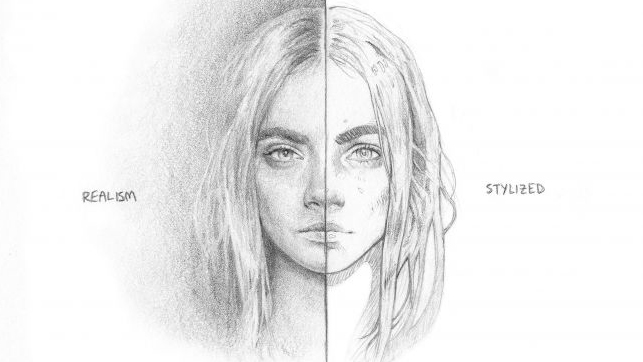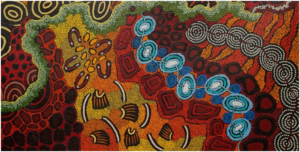
Mastering the right sketching tips has the power to transform your art life. There is fear in a blank page, and it gets even more intimidating when sketching without proper guidance.
Here are a few steps that are going to get you started in your sketching.
Know your pencils
Control the pencil
Vary your lines
Avoid smudging
Control your edges
Use the 70/30 rule
Know Your Pencils
Choosing the right pencil for your sketching is important. Look at the side of the pencil to see the hardness of the pencil’s graphite. B pencils are soft, H is harder while HB lies in the middle.
When learning to draw, have both the traditional pencils and the mechanical ones. Mechanical pencils give better precision, while the traditional one helps lay out the texture’s large areas.
Control The Pencil
If you hold close to the end of the pencil gives more control and precise drawing and results in heavier strokes. Holding the pencil further up provides less control and precision but lighter strokes.
Vary Your Lines
Use varied lines. For a visually appealing drawing, shift the width and darkness of the lines. Make various marks that work together to create cohesive images for free art contests. Try this with different pencil types, from 3H to 6B, while holding the pencil at different angles when drawing.
Avoid Smudging
Place extra paper underneath your hand when shading to minimize the extent the hand smudges the pencil lines. Shade from left to right if you are right-handed and right to left if you are left-handed.
Sometimes you may use smudging to smoothen the shade. Several tools can help achieve this, but a piece of tissue paper will do.
Control Your Edges
There are four main sketching techniques that you may use to define the edges of the objects; undefined, thin, hard, lost. The viewer only can interpret undefined edges. Artists use thin and hard edges to create solid borders in an object. Lost edges result from blending the object and background values, giving an implied rather a defined edge.
Create interest in your work by using all four edges.
Use The 70/30 Rule
Less is more in sketching. The main focus and detail should be only 30 percent of the sketch, while 70 percent makes the filler. It helps direct the attention and effort to the main subject of the work.
Conclusion
Sketching is not easy for a beginner artist in art competitions. This guide should help you master sketching techniques to craft elegant pieces that will expose you to the world.

